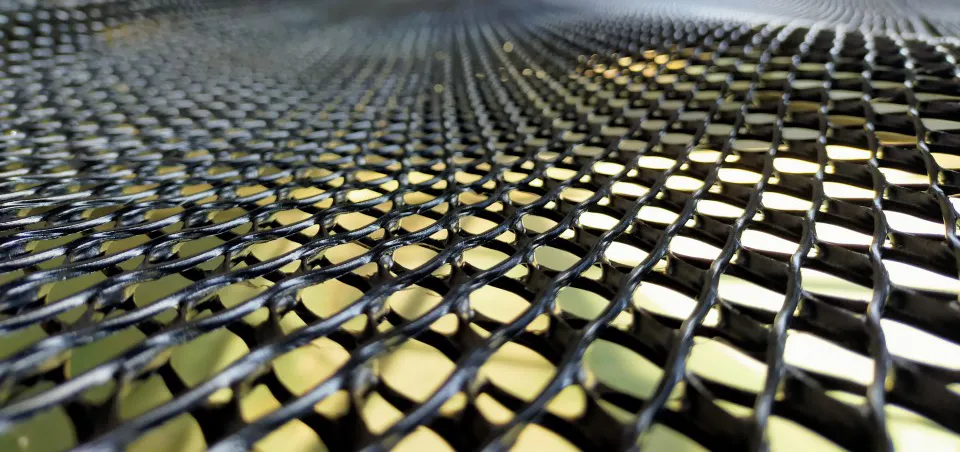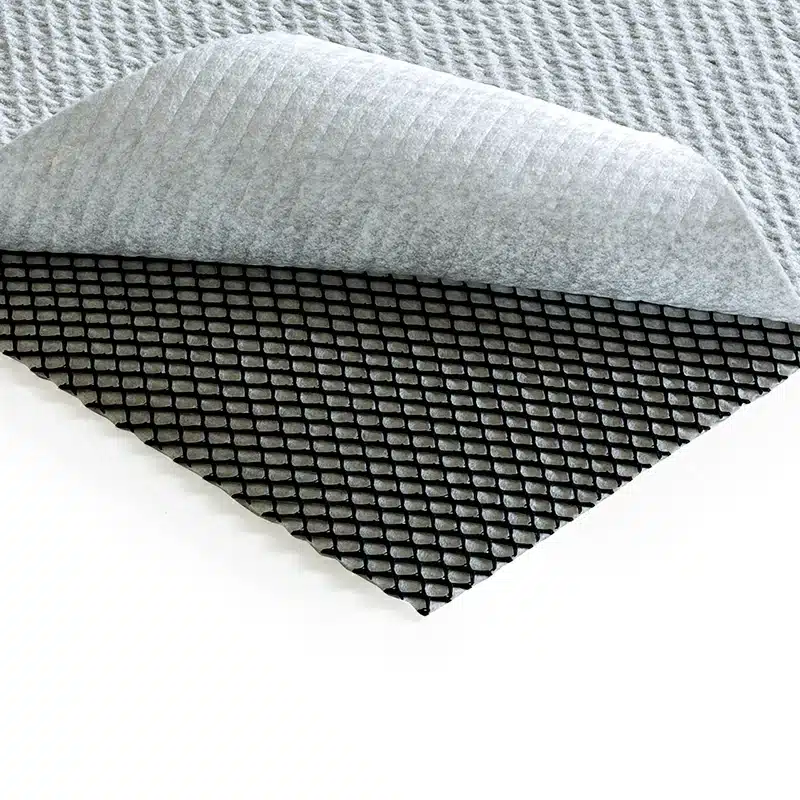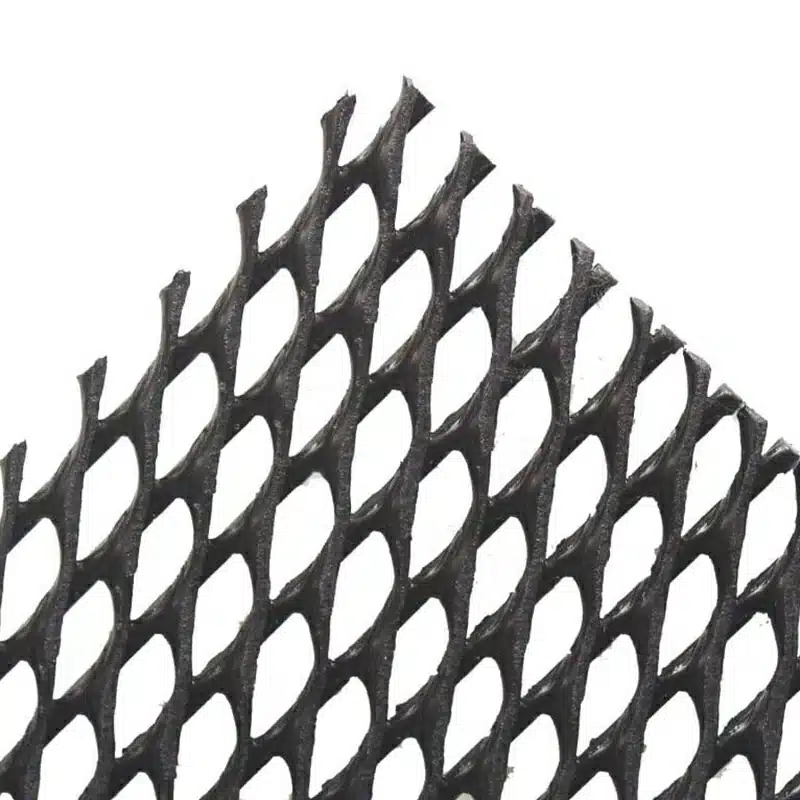+86-159 9860 6917
info@geofantex.com
geofantex@gmail.com
+86-400-8266163-44899
Geonet material has become an invaluable asset in the realm of environmental solutions. With its unique composition and advanced engineering, geonet material serves as a vital component in various geosynthetic applications. Whether it’s erosion control, landfill engineering, or drainage systems, geonet material offers exceptional durability and permeability, ensuring long-lasting performance and sustainability. Its ability to efficiently manage water flow and soil stability makes it a preferred choice for geotechnical projects, reducing the environmental impact while enhancing infrastructure resilience. To harness the full potential of geonet material, it’s crucial to understand its versatile applications and how it can play a crucial role in addressing contemporary environmental challenges.

What material is geonet made of?
Geonet material is primarily composed of high-density polyethylene (HDPE) or low-density polyethylene (LDPE). These plastic polymers are chosen for their exceptional durability, chemical resistance, and flexibility, making them well-suited for the demands of geotechnical engineering. Geonets are typically manufactured as a three-dimensional, grid-like structure with distinct ribs and nodules, creating channels for fluid flow. These features make polyethylene resin-based geonets indispensable in applications where efficient drainage, erosion control, and soil reinforcement are paramount.
What is geonet used for?
Geonet material is an incredibly versatile solution with a multitude of applications spanning various domains. In civil engineering, it plays a crucial role in projects like road construction, road widening, and asphalt work, as well as in building construction and foundations. Geonets are instrumental in creating efficient drainage systems for retaining walls, dams, artificial ponds, and water reservoirs. However, their utility extends even further, finding a place in numerous other applications, making them a cornerstone of modern construction practices. From managing landfill leachate collection to enhancing highway drainage, geonets are a fundamental element in engineering and environmental initiatives, contributing to sustainable and resilient construction practices.
What is the difference between geotextile and geonet?
Geonet material is a versatile and indispensable geosynthetic that serves a multitude of purposes in construction and environmental engineering. Comprising interconnected parallel sets of ribs arranged at various angles to facilitate in-plane drainage of liquids or gases, geonets are key players in a wide range of applications. These applications include drainage systems, filtration, erosion control, and soil stabilization, with prominent roles in civil engineering projects like landfill leachate collection, highway drainage, and retaining wall drainage systems. Moreover, geonets are a cornerstone in environmental protection initiatives, where they prove crucial in preventing soil erosion and managing stormwater runoff, thereby promoting sustainable construction practices and safeguarding the environment.
What is the difference between geogrid and geonet?
Geogrids and geonets are both geosynthetic materials, but they serve distinct purposes. Geogrids are grid-like structures made of materials like plastic, polyester, or fiberglass and are used to reinforce soil, providing strength to support heavy loads. Geonets, on the other hand, are designed for drainage and filtration, aiding in the movement of liquids and gases within the soil. Geogrids are ideal for stabilizing retaining walls, slopes, and roads, while geonets are best suited for drainage and environmental protection applications.
What is the thickness of the geonet?
Geonets offer a versatile solution for managing water and filtration needs, with thickness options ranging from 4mm to 20mm. The selection of geonet thickness is a critical decision influenced by the unique demands of each project. Thicker geonets, falling in the 4mm to 8.4mm range, are frequently preferred for high-demand drainage applications, capable of withstanding substantial loads and efficiently directing water flow. On the other hand, thinner geonets within this range may be suitable for projects with lighter loads, such as filtration requirements. The versatility in geonet thickness allows for tailored solutions that address the precise needs of each construction or environmental endeavor.

In conclusion, geonet material plays a pivotal role in modern engineering by providing efficient drainage and soil stabilization solutions. Understanding the composition and applications of geonets, as well as distinguishing them from geotextiles and geogrids, is crucial for successful project implementation. With their versatility and customizable thickness options, geonets have become an indispensable component in various civil and environmental engineering endeavors.



Get Free Sample
We’ll respond as soon as possible(within 12 hours)






















